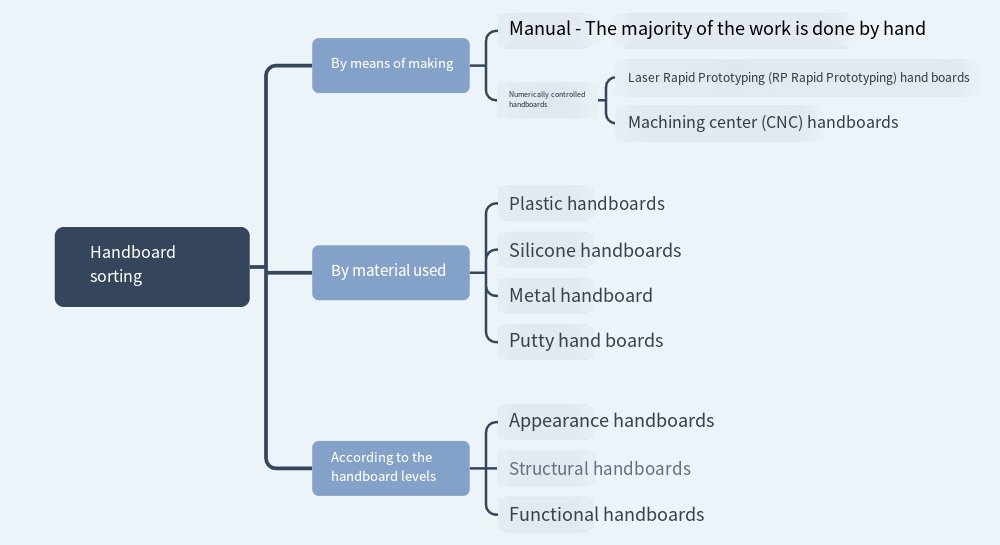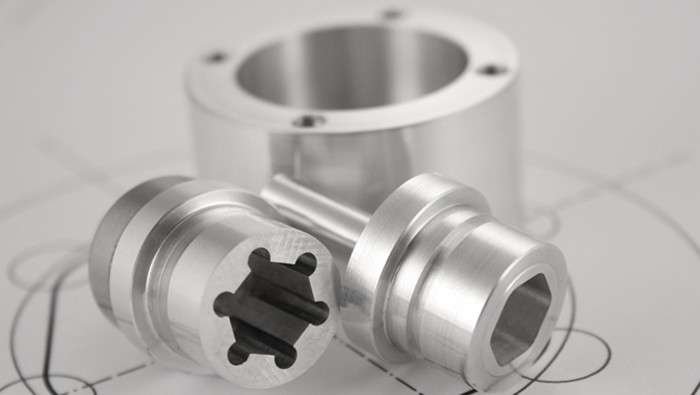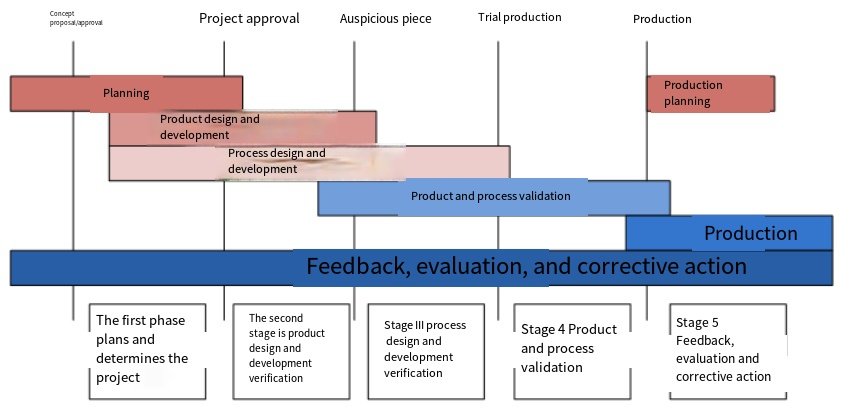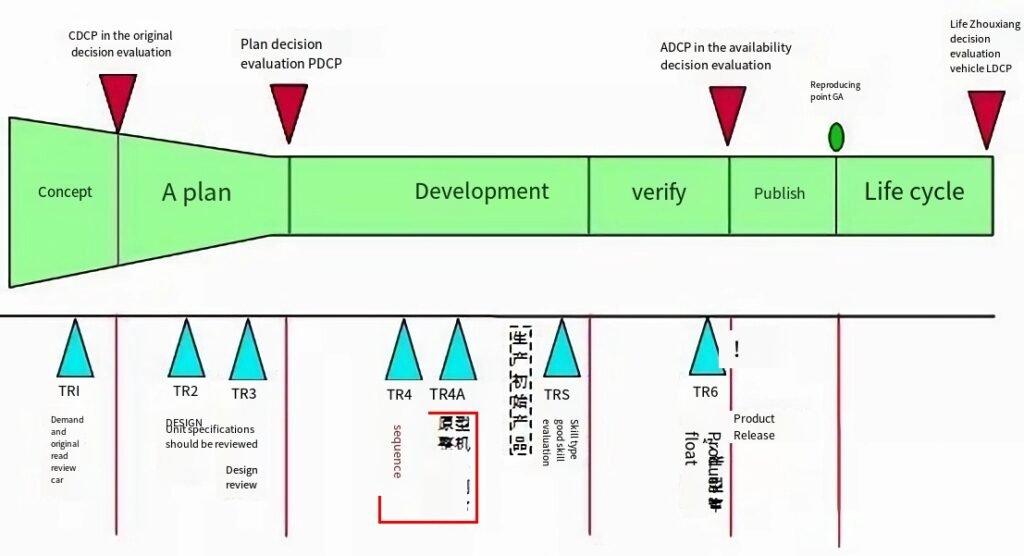What is a prototype:
“Hand board” is a local industry term, and the professional term is called “sample piece, verification piece, template, scale model, etc.!” In layman’s terms, it refers to the small-scale manufacturing of verification samples before the product is finalized.
For products that require mold production, a prototype is a functional sample made based on the product’s appearance or structural drawings without opening the mold, used to check the appearance or structural rationality.

Prototype, usually for newly developed or designed products, is the first step to verify the feasibility of the product. It is the most direct and effective way to identify the defects, deficiencies, and drawbacks of the designed product, so as to make targeted improvements to the defects until no deficiencies can be found in individual prototypes. At this point, a small amount of trial production is usually needed to identify deficiencies in the batch. Designed products are generally not perfect or even unusable, and direct production will result in total scrap if there are any defects, which greatly wastes manpower, material resources, and time. Prototypes are generally a small number of samples with short production cycles and low loss of manpower and material resources. They can quickly identify the deficiencies of product design and make improvements, providing sufficient basis for finalizing and mass producing the product.

Why do we need to make a prototype?
In the development process of new products, there is a prototype trial production stage, which involves the production of hand-made prototypes.


The prototype trial production stage is an indispensable node in the product development process, with the core purpose of verifying the product. Although there are complete 3D drawings, after rigorous drawing review and simulation verification, the physical prototype has irreplaceable value in terms of appearance display effect, physical interaction, ergonomics, functional testing, assembly verification, etc. Prototype trial production can effectively identify problems before mold production, reduce risks and save costs. Specific performance is as follows:
1) Examine the design
2) Inspect the structural design
3) Avoid the risk of directly opening the mold
4) Greatly advance the product’s release time



